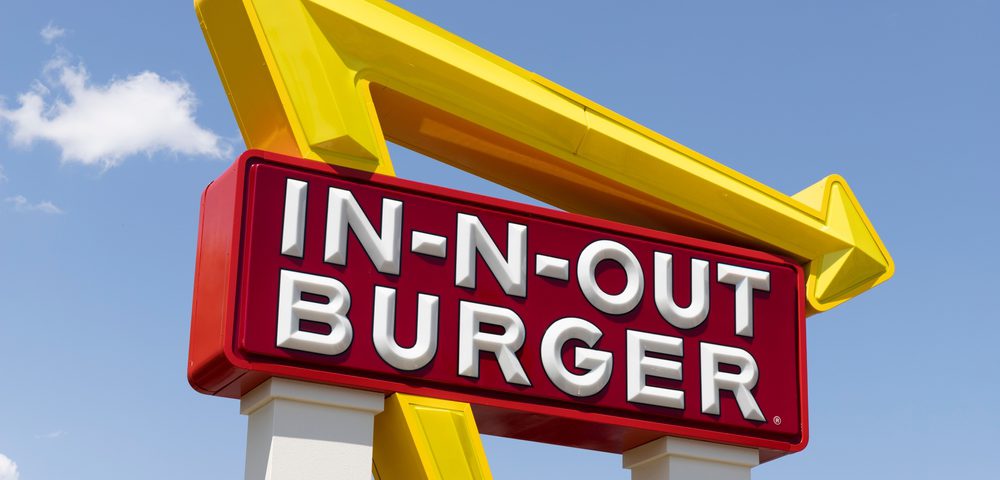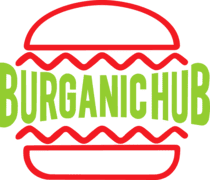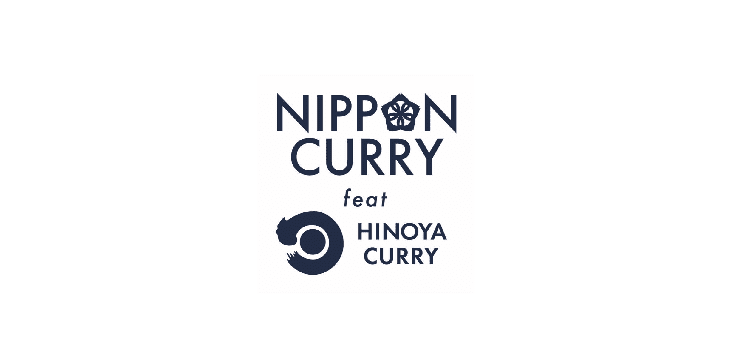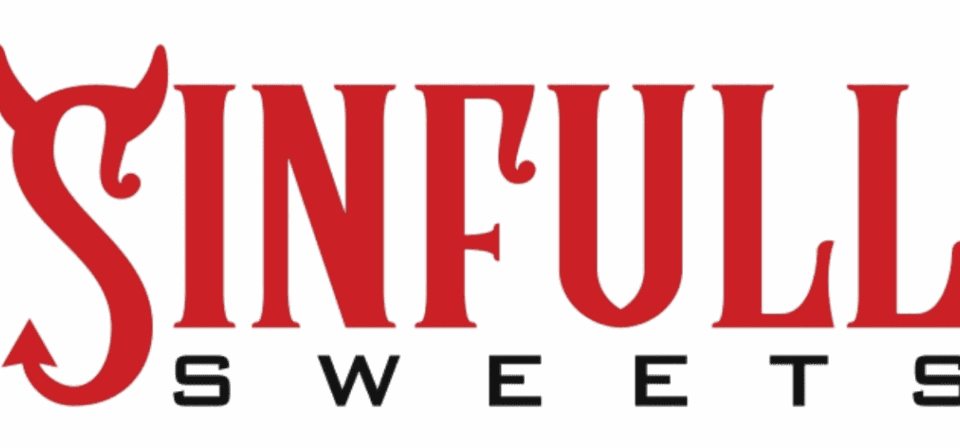
Emmet O’Brien: Turning Entrepreneurs into Expansion Engines
October 10, 2025
Website Closers Franchise System
October 24, 2025Origins of a West Coast icon
In-N-Out Burger opened in 1948 in Baldwin Park, California, founded by Harry and Esther Snyder. From day one their idea was simple and radical for the era: cook a short, high-quality menu to order, pay employees well, and treat customers like regulars. Harry installed what’s widely cited as the first two-way speaker for a drive-thru, letting guests order without leaving the car—a small operational innovation that shaped the brand’s DNA: speed without shortcuts.
Through the 1950s–70s In-N-Out stayed tiny compared to national competitors, clustering new units around the San Gabriel Valley. After Harry’s death in 1976, son Rich Snyder became president and expanded carefully—never outpacing the company’s ability to train people or supply fresh ingredients. Following Rich’s passing in 1993, family leadership continued (Esther Snyder, then Lynsi Snyder, Harry and Esther’s granddaughter). The company’s headquarters later moved to Irvine, California, but the culture and operating playbook remained unmistakably the Snyders’.
What makes the brand different
A minimalist menu, built for consistency. Burgers, fries, shakes, sodas—that’s essentially it. A “secret menu” lets guests customize (Animal Style, protein style, etc.), but the core production line is tight and repeatable.
Fresh, never frozen. Stores are supplied from company-owned meat and distribution facilities so patties can be delivered fresh. No freezers, no microwaves, no heat lamps. That constraint both defines the food and limits the map.
People first. In-N-Out is known for above-market wages, strong benefits, and an internal “university” approach to training and promotion. Managers tend to be home-grown, and turnover is lower than the industry average, reinforcing service consistency.
A values-led brand. Bible verse references appear discreetly on packaging; spotless kitchens are part of the show; and stores project a throwback hospitality that feels more small-town than corporate chain.
The growth story: deliberate by design
For decades the company added locations at a slow, steady cadence across California and neighboring states—Nevada, Arizona, Utah, Texas, Oregon, Colorado, and beyond—generally within a day’s drive of a regional distribution center. The radius isn’t a marketing gimmick; it’s an operational boundary that protects the “fresh” claim. Only when a new patty plant and warehouse are ready does the brand leap to a new region. That’s why you still won’t see In-N-Out on every corner, even though demand often far exceeds supply.
Why In-N-Out never franchised
Plenty of beloved restaurant concepts franchise to accelerate growth. In-N-Out has never done it—and has said it never will. Here’s why that stance fits its model:
1.Uncompromising quality control
Franchising introduces variability: different owners, different hiring standards, different approaches to training and food safety. In-N-Out’s promise hinges on sameness—same beef blend, same cut size on fries, same choreography on the grill. Company ownership keeps one chain of command for ingredients, equipment, training, and in-store execution.
2. Supply-chain constraints are strategic, not problems to “solve”
The brand’s most famous differentiator—fresh, never frozen—requires tight cold-chain logistics and company-run processing. Franchisees often want flexibility on sourcing to control costs or to open faster. In-N-Out prefers to build its own facilities and scale the supply chain in lockstep with store openings. That is easier with a fully company-owned estate.
3. Culture is the moat
The “people first” model (pay, benefits, promotion from within, spotless stores) is expensive and requires patience. Franchising typically shifts labor and P&L decisions to owners with a range of philosophies. Keeping restaurants corporate preserves the service culture and gives the company freedom to invest in employees even when it compresses margins.
4. Long-term horizon over rapid unit growth
Franchising can create pressure to open quickly and broadly. In-N-Out optimizes for decades, not quarters. The family ownership structure allows management to turn down short-term growth in favor of location quality, street-corner selection, and community fit.
5. Brand protection above all
A single high-profile lapse—poor cleanliness, a foodborne illness incident, or a social-media meltdown—can damage a brand built on trust. Centralized ownership lowers the probability and lets the company respond uniformly if issues arise.
6. Financially, it doesn’t need franchise capital
The concept is highly profitable at the unit level. Because the company is private, it can reinvest cash flow to fund new markets and facilities rather than trading control for franchise fees and royalties.
The results of a no-franchise philosophy
-
Reliability travels. Fans expect the same taste and experience whether they’re in Los Angeles or Las Vegas. Tight control helps deliver that.
-
Scarcity fuels demand. Lines at new openings are legendary. Limited availability has become part of the mystique.
- A resilient employer brand. Internal promotion ladders and stable operations attract and retain talent—an advantage in a high-turnover industry.
-
Measured expansion. The map grows when infrastructure is ready and leadership believes the culture can carry, not when capital is eager.
Critiques and trade-offs
The strategy isn’t costless. Slow expansion leaves markets unserved for years, ceding share to rivals and third-wave burger upstarts. The strict supply-chain radius complicates cross-country growth. And keeping everything in-house concentrates operational risk. But In-N-Out has decided those trade-offs are worth the payoff in quality and brand equity.
Legacy and outlook
From a single drive-thru in 1948 to a multistate cult favorite, In-N-Out has grown by saying “no” to the most common growth lever in restaurants. The brand’s north star—fresh, simple, consistent, people-driven—doesn’t need franchising to shine. As the company adds new distribution hubs, new states will come online, but the pattern will stay familiar: build the supply chain, train the people, open the doors, and keep the line moving—no freezers, no microwaves, and no franchisees.
For more information on how to franchise, contact Franchise Marketing Systems: www.FMSFranchise.com






